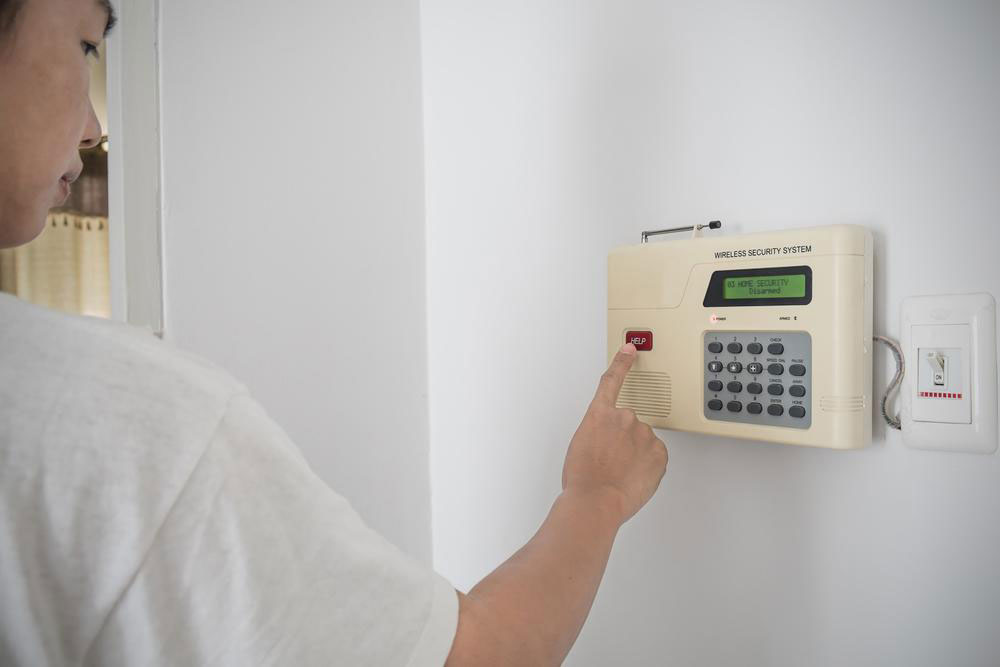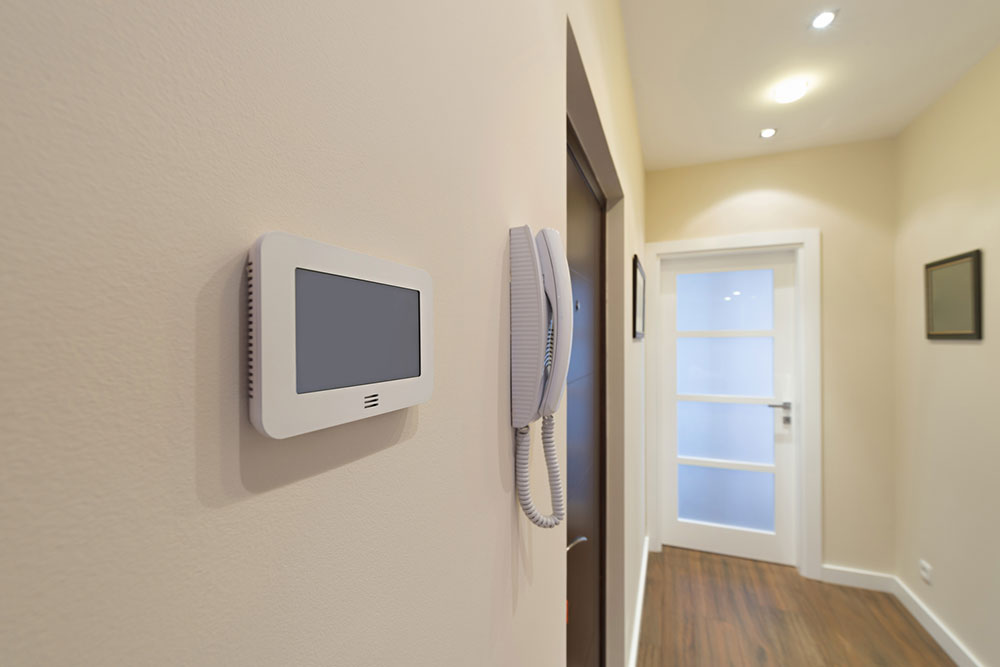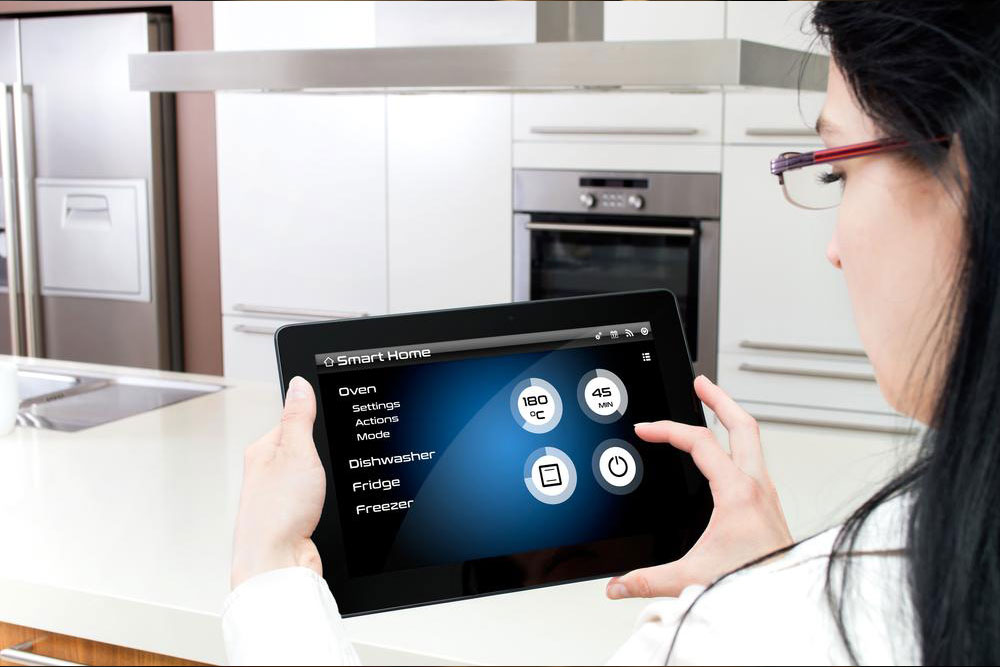Comprehensive Guide to Temperature Sensors and Their Uses
This article offers an in-depth look at temperature sensors, highlighting their types, applications in security and industrial settings, and tips for selecting suitable sensors for specific needs. It emphasizes the importance of proper sensor usage to prevent damage and enhance safety in homes and businesses.

Comprehensive Guide to Temperature Sensors and Their Uses
Modern homes and commercial spaces utilize temperature sensors to monitor and control environmental conditions within electrical systems. These sensors are critical in medical devices, food processing, chemical industries, HVAC systems, and security setups. Many automation providers offer diverse options allowing customization for weatherproofing and theft prevention.
Common Types
There are four prevalent types of temperature sensors: thermocouples, Resistance Temperature Detectors (RTDs), thermistors, and traditional thermometers. In security applications, devices like glass break detectors, water sensors, heat alarms, and sump pump monitors are widely used to safeguard properties and inhabitants.
These sensors play vital roles in defending against weather extremes and intruders.
Application Examples
Temperature sensors serve numerous security and safety functions, including:
Water detection near water heaters or basements, identifying leaks as small as 4mm to prevent flooding and property damage.
Heat sensors placed by heaters to monitor rapid temperature increases, alerting to potential malfunctions or fire hazards.
Glass break detectors that recognize forced entries, suitable for patios and sunrooms.
Wireless low-temperature sensors in homes notify response centers if temperatures fall below 40°F, helping prevent frozen pipes and heating failures during winter.
On the commercial front, these sensors secure refrigeration units, HVAC systems, and are integral in food processing, breweries, and hatcheries for maintaining optimal conditions. Many security solutions enable remote management via smartphones, ensuring consistent temperature control in various environments.
Choosing the appropriate sensor type is crucial to avoid device failures and receive early warnings of temperature changes, enhancing safety and process efficiency.
Note:
Our blog provides extensive information across various topics, based on thorough research and data interpretation. While helpful, the content should not be considered definitive. The site disclaims responsibility for discrepancies or inaccuracies, and readers should verify information independently for the best outcomes.










